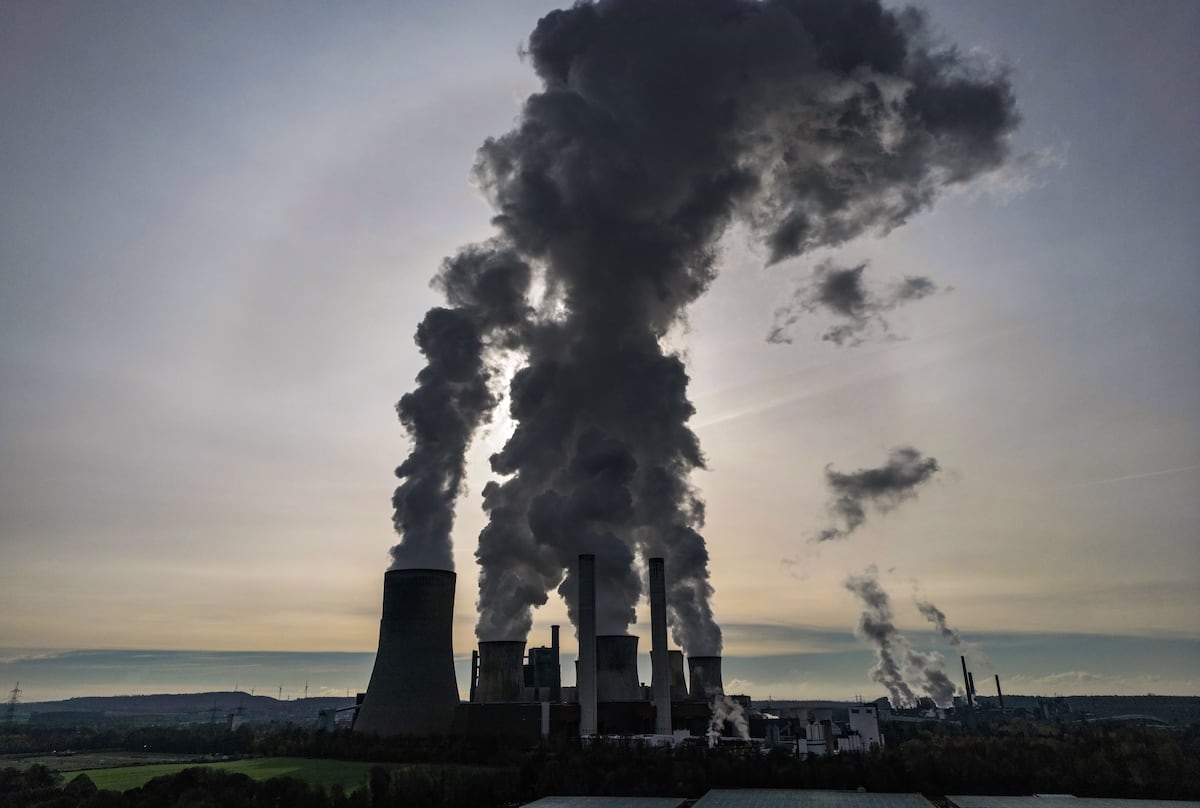Global military spending rose again in 2020. In a year marked by the coronavirus pandemic and the fall in Gross Domestic Product (GDP) derived from the impact of measures to combat covid-19, the budget that countries allocate to Defense increased to 1.98 trillion dollars (1.65 trillion euros), 2.6% more than the previous year, according to the annual report of the Stockholm International Peace Research Institute (SIPRI) published on Monday.
This growth is driven by investments from the United States, China, India, Russia and the United Kingdom, which accounted for more than 60% of spending worldwide.
More information
NATO will promote the new transatlantic relationship at a summit of leaders in Brussels
Europe, in the face of Putin's logic
“We can say with quite certainty that the pandemic did not have a significant impact on world military spending in 2020,” explains Diego Lopes da Silva, a researcher with the SIPRI Arms and Military Expenditure Program and one of the authors of the study. However, the impact could be seen in the long term. "It remains to be seen if the countries will maintain this level of military spending during the second year of the pandemic," he says. Although investment grew globally, there were some countries, such as Chile and South Korea, that decided to reallocate part of the funds provided for Defense to the plans to fight the pandemic. Others, although the report does not link it directly to the pandemic, spent less than what they had in their initial budget for 2020. This is the case of Brazil and Russia.
Taken together, taking a global average of the proportion of military spending in world GDP, the study concludes that last year it was 2.4%, compared to 2.2% in 2019, the highest year-on-year increase since the financial crisis in 2009.
USA and China in the lead
The United States consolidated its position as the country with the highest military spending in the world. It allocated 778,000 million dollars (647,000 million euros), 4.4% more than the previous year, which means that it concentrates 39% of military spending worldwide. After seven years of cuts, since 2017 Washington has been increasing its departure for the Pentagon. "The recent increases in US military spending can be mainly attributed to heavy investment in research and development, and some long-term projects such as modernizing its nuclear arsenal and large-scale weapons acquisition," explains Alexandra Marksteiner, researcher. of the Arms and Military Expenditure Program of SIPRI and co-author of the study.Marksteiner points out that this fact "reflects the growing concern at the perception of threat from strategic competitors such as China and Russia" and the desire of the former president, Republican Donald Trump, "to reinforce what he considered diminished military spending."
For its part, China, with an estimated spending of 252,000 million dollars (209,000 million euros) was placed in second place. This figure represents an increase of 1.9% compared to 2019 and 76% in the last decade. China's spending has also grown for 26 consecutive years, the longest series of uninterrupted increases by a country recorded by the organization. "The continued growth in Chinese spending is due in part to long-term military modernization and expansion plans, in line with the manifest willingness to catch up with other leading military powers," the report said.
In third place is India, with 72,900 million dollars (60,599 million euros) and an increase of 2.1%;
followed by Russia, with 61,700 million (51,289 million euros) and 2.5% more, and the United Kingdom, with 59,200 million (49,211 million euros) and 2.9% more.
NATO and 2%
As for the NATO partner countries, “almost all” saw their military load grow.
Last year, a dozen member countries spent more than 2% of their GDP on defense, as recommended by the Alliance, compared to the nine that met that figure the previous year.
France, the eighth highest spending country in the world, exceeds the 2% threshold for the first time since 2009.
By region, military spending in Europe grew by 4%, while in South America it fell by 2.1%, mainly due to the 3.1% drop attributed by SIPRI to Brazil, the main power in the region.
Spending also fell in the 11 Middle Eastern countries for which there is data, specifically by 6.5%.
In sub-Saharan Africa, spending increased by 3.4% and in the Sahel countries the growing military mobilization to face new security threats is palpable, as is the case in Chad (3%), Mali (22%), Mauritania (23%) and Nigeria (29%).
The most striking fact is the 46% increase that occurred in Uganda.
Investment falls 2.1% in South America
Expenditure on armaments in the American continent amounted to 853,000 million dollars (709,067 million euros), 3.9% more, with 94% concentrated in three countries: the United States, Canada and Brazil. In South America, however, there was a fall of 2.1% to 43,500 million dollars (36,160 million euros), driven by Brazil, leader in the region and in 15th place in the world with 19,700 million (16,376 million euros). euros), 3.1% less.
"The economic cost of the pandemic appears to have had an impact on Brazil's investment in 2020: its final military spending amounted to only 88% of its initial budget," the study notes. Colombia, with 9,200 million dollars (7,648 million euros) and 0.3% less, fell one place to number 26 in the world.
In Central America and the Caribbean, spending remained at the same level, with Mexico as the regional leader (number 33 in the world) in the lead with 6,100 million dollars (5,071 million euros), 0.7% less, and with the fight against drug cartels as a promoter. / EFE

/cloudfront-eu-central-1.images.arcpublishing.com/prisa/M2BLHBQ7HVEPZOFT4YF3J4TD3Y.jpg)






/cloudfront-eu-central-1.images.arcpublishing.com/prisa/KMEYMJKESBAZBE4MRBAM4TGHIQ.jpg)



